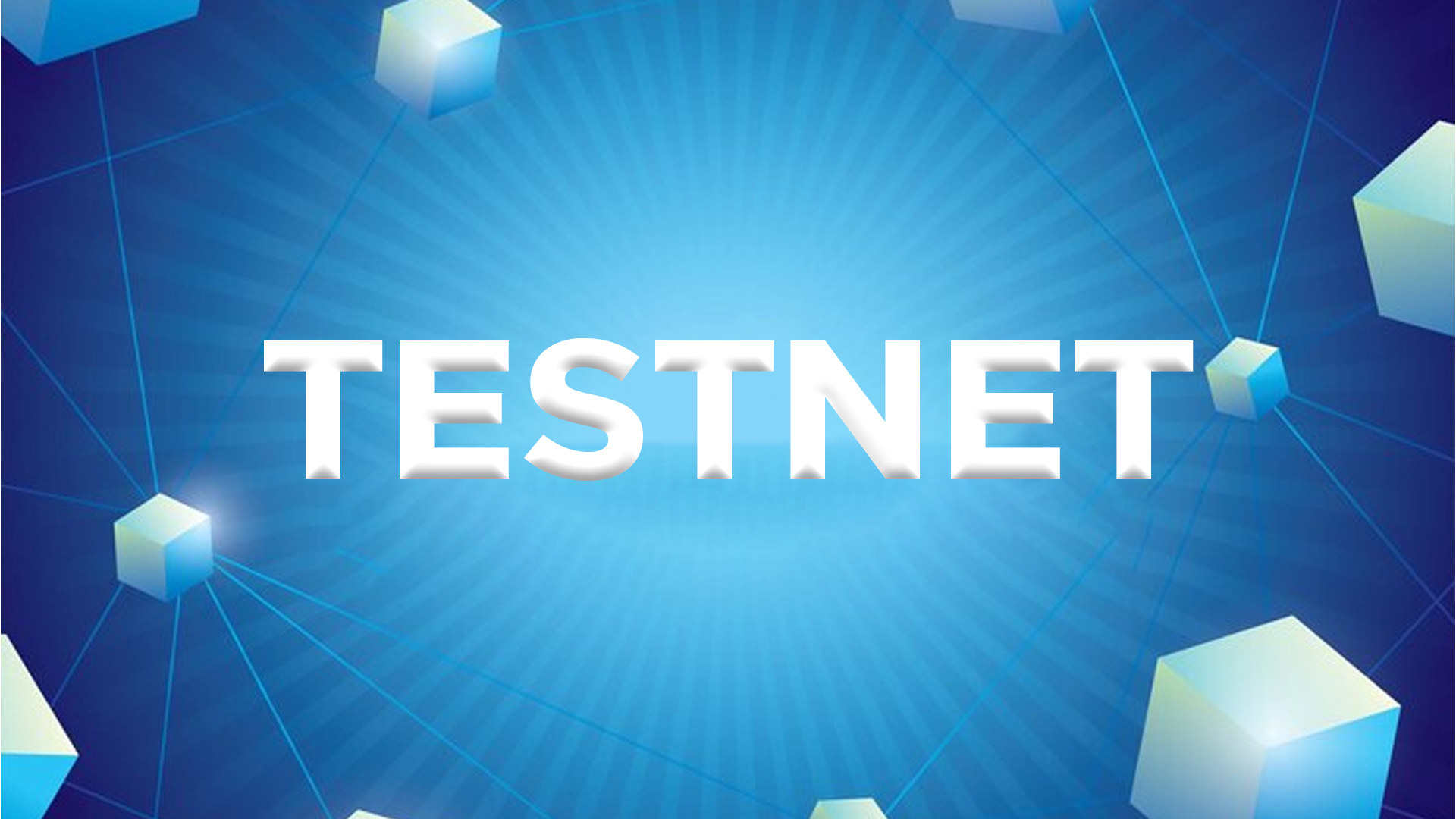
What is Testnet? Why is it Used in Blockchain?
- Blockchain technology has revolutionized industries, introducing decentralized and transparent solutions. However, the complexity of blockchain networks and the critical need for security demand thorough testing before deployment.
- Enter “testnets,” invaluable tools that play a pivotal role in ensuring the reliability and functionality of blockchain platforms.
A testnet, short for “test network,” is a separate and isolated environment designed for developers to test and experiment with blockchain applications before they are launched on the leading network. It serves as a sandbox where developers can simulate real-world conditions and interactions without risking tangible assets or affecting the integrity of the live blockchain.
The Importance of Testnets
Testnets are an indispensable component of blockchain development for several compelling reasons:
1. Risk-Free Testing:
Testnets provide a controlled environment where developers can identify and rectify potential bugs, vulnerabilities, and flaws without risking tangible assets or affecting the leading network.
2. Security and Dependability:
Thorough testing on a testnet guarantees the security and unwavering quality of the blockchain application. Weaknesses can be recognized and fixed before they are taken advantage of in a certifiable situation.
3. Advancement and Execution:
Designers can survey the exhibition of the application, including exchange speeds, agreement instruments, and adaptability, under differing conditions.
4. Feature Testing:
New features and updates can be thoroughly tested on a testnet, allowing developers to fine-tune and optimize functionalities before deployment.
5. Smart Contract Auditing:
Testnets are vital for testing smart contracts, ensuring they execute as intended and mitigating the risk of coding errors or vulnerabilities.
How Testnets Work
Testnets operate similarly to mainnets (the live blockchain networks) but with a few key differences:
- Separate Blockchain: Testnets run on a different blockchain, often using the same codebase as the mainnet but with distinct parameters.
- Different Tokens: Testnets have their native tokens or coins, which hold no real value and can be obtained for free. It allows developers to simulate transactions and interactions without using actual assets.
- Reduced Mining Difficulty: Testnets typically have lower mining difficulty, enabling faster block validation and transaction confirmations for testing purposes.
- Faucets and Faucet Websites: To acquire test tokens, developers can use faucets—platforms that dispense test tokens to users for experimentation.
Types of Testnets
There are various sorts of testnets, each taking care of explicit testing needs:
1. Public Testnets: These are generally available to people, permitting engineers to test their applications in a genuine climate. Models incorporate Ropsten (for Ethereum) and Testnet (for Bitcoin).
2. Confidential Testnets: Designers can set up private testnets, giving them unlimited authority over the testing climate. It is conducive for delicate or restrictive tasks.
3. Federated Testnets: These combine features of both public and private testnets. They are more controlled than public testnets but are accessible to a limited group of participants.
Conclusion
Testnets are a foundation of fruitful blockchain improvement, guaranteeing that applications are wholly tried, streamlined, and secure before being delivered to general society. By giving a gamble-free climate to trial and error, testnets engage designers to develop, recognize issues, and refine their tasks, at last adding to the blockchain biological system’s development. As the blockchain scene keeps advancing, the job of testnets in forming the eventual fate of decentralized advancements stays principal, driving the quest for more secure, productive, and robust blockchain applications.
